Which Houseplants Are Best for Cleaning the Air? |
Adding a touch of green to your home with houseplants can do more than brighten your indoor space. All plants remove carbon dioxide from their environment and release oxygen as part of the natural processes involved with photosynthesis. However, National Aeronautics and Space Administration (NASA) research shows that many common houseplants are very efficient at removing other problem pollutants from indoor air.
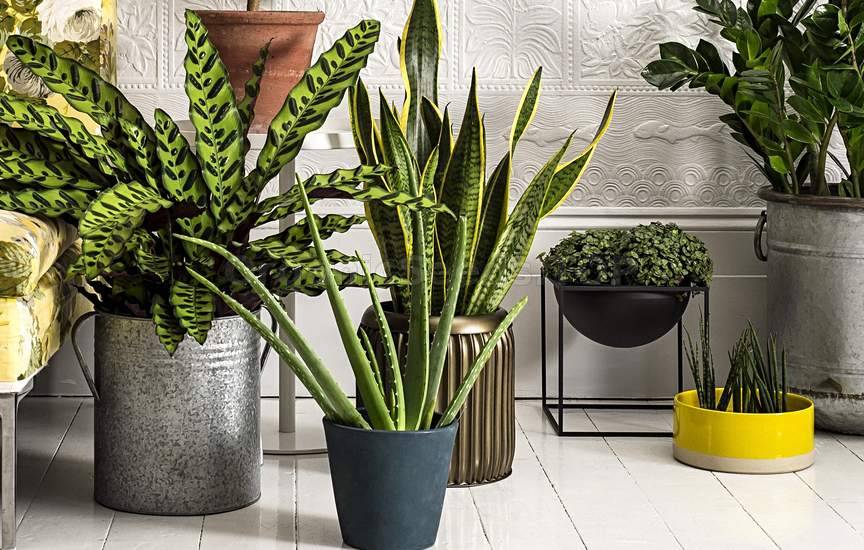 Many common products and furnishings in homes and offices pollute the air around them. Some reveal themselves readily through odors, but others exist without overt warning signs. Common products such as pressed-wood flooring, carpet adhesives, paints, printer inks, paper and plastics items, and household cleaning supplies can all be sources of potentially harmful chemicals. Natural air purifiers in the form of common houseplants can help. Plants That Make a Difference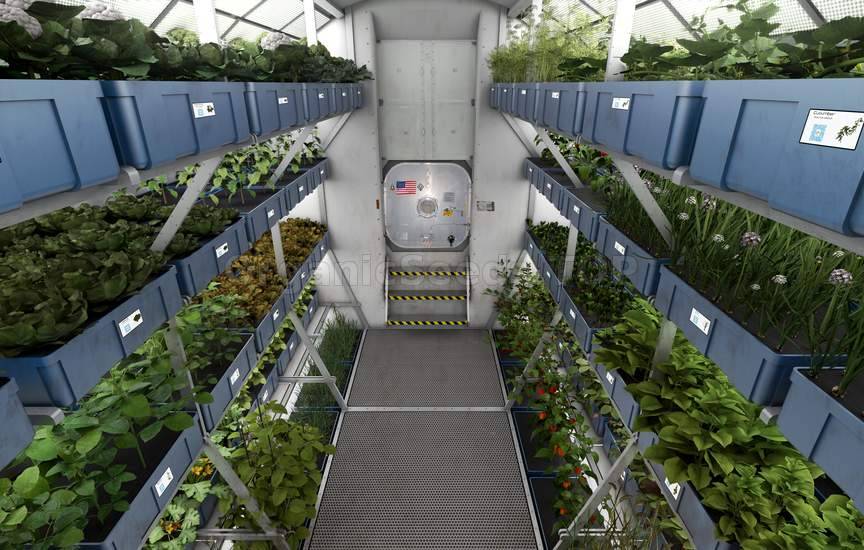 While some houseplants specialize in targeting one type of pollutant or another, others generalize and attack the total problem head-on. Several common houseplants familiar to indoor gardeners do well in removing a broad spectrum of pollutants. Some of NASA's top performers include these familiar favorites: English Ivy (Hedera Helix)Known for its glossy, leathery leaves and vining growth, English ivy ranks high on NASA’s lists for removing all types of tested pollutants. This easy-care houseplant prefers bright indirect light, evenly moist soil and consistent temperatures. Keep it away from drafts and heating or air conditioning ducts.
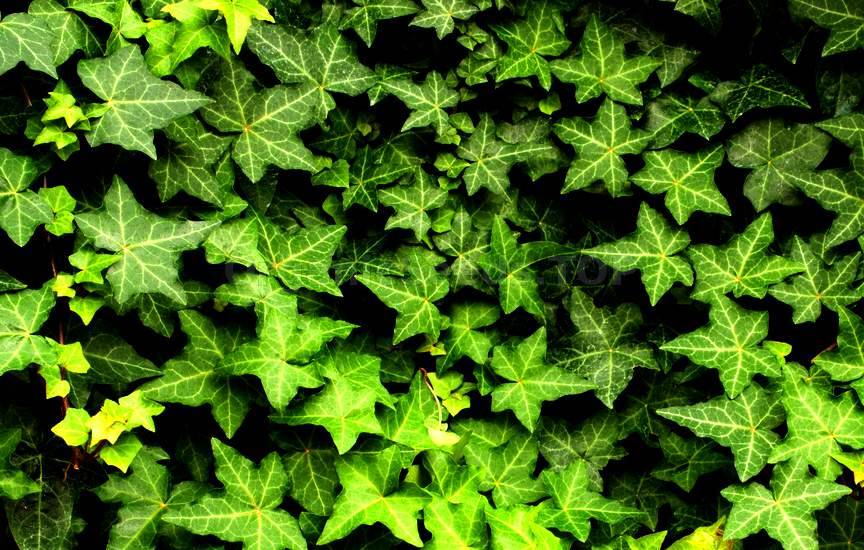 Peace Lily (Spathiphyllum Spp.)The wide, glossy, deep-green leaves on peace lilies add rich accents to home and office décor, but it’s the white “lilies” that inspire the name. These flowerlike hoods are actually modified leaves, known as bracts; the plant’s true flower hides inside. More light leads to more flowers for these resilient staples, which target a variety of pollutants. Let the soil on peace lilies dry out slightly between watering.
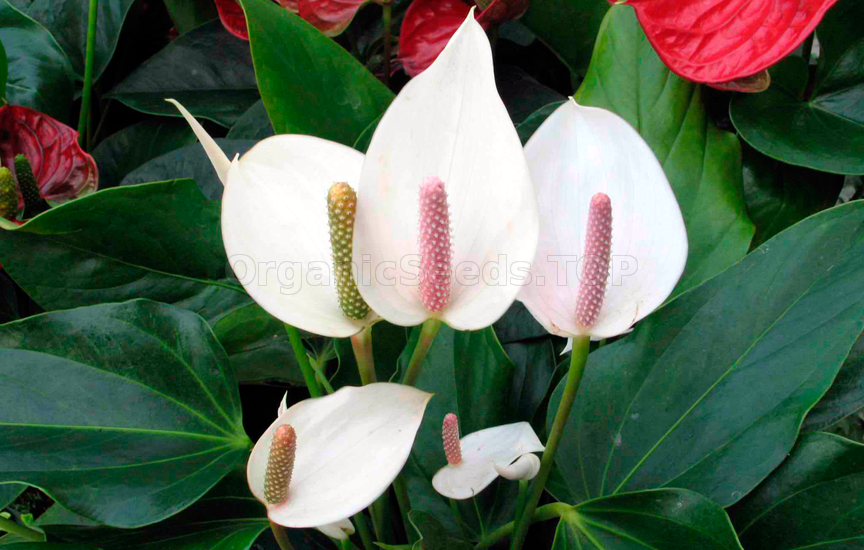 Red-Edged Marginata (Dracaena Marginata)With an attractive red edge to its long, pointed leaves, red-edged marginata has tall, canelike stems with tufts of spiky foliage atop. Also known as the dragon tree, the marginata does best in bright light with soil kept slightly dry. Marginatas are especially effective in removing common pollutants found in solvents common to oils, paints and plastics.
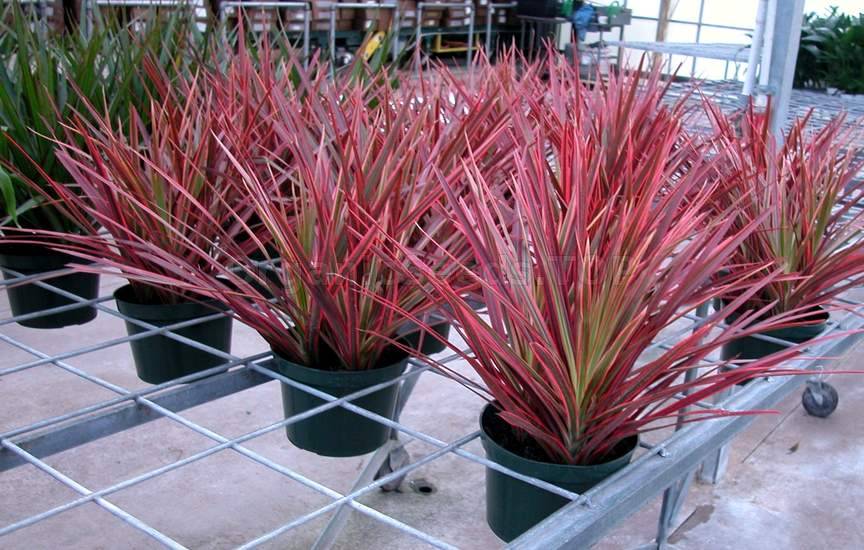 Snake Plant (Sansevieria Spp.)Tall, pointed, succulent leaves make snake plants one of the most easy-care, low-maintenance air cleaners on NASA's lists. Widely known by the name mother-in-law’s tongue, this drought-tolerant plant has added benefits: It’s one of the few plants that produce oxygen at night, and it can flourish in low-light situtations. Allow the soil to dry thoroughly between waterings. Snake plant excels at filtering out air pollutants common to household products and cleansers.
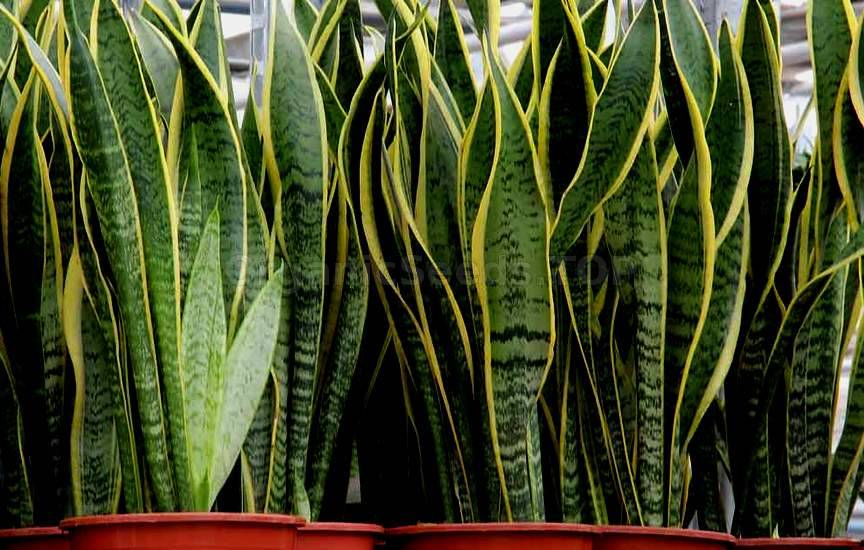 Golden Pothos (Epipiremnum Aureum)With a reputation for easy care and forgiveness, golden pothos is an ideal plant for beginners. It’s glossy, heart-shaped leaves include gold, cream or yellow marbling, and the vines grow thick and fast with a minimum of attention. It does well in low light, but more light enhances the golden leaf colors. Golden pothos does particularly well against pollutants from common household and industrial solvents and cleansers.
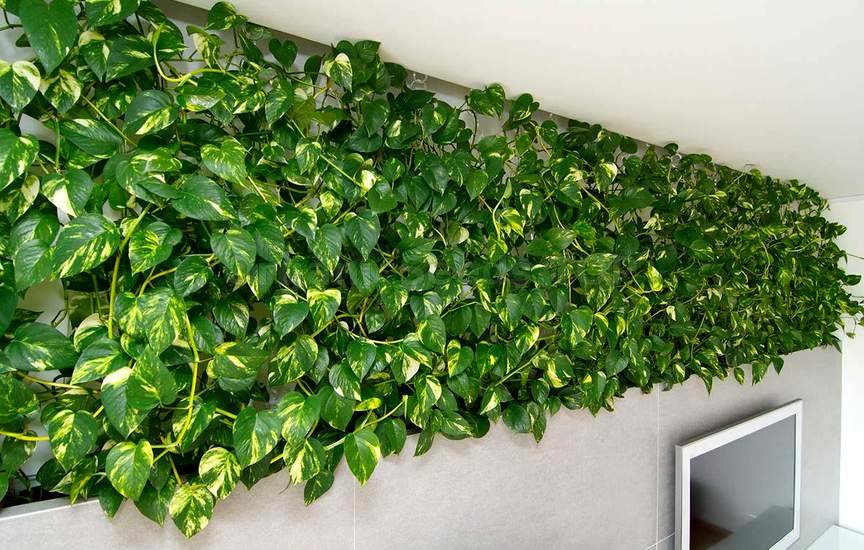 Ways to Maximize Air-Cleansing ImpactEven a single houseplant can make a difference in your home's indoor air quality. Just one efficient 6- to 8-inch-diameter plant can clean the air of a 10-foot-square room. By varying the size and locations of your houseplants, you can affect air quality throughout your home — without recreating jungle-themed decor.
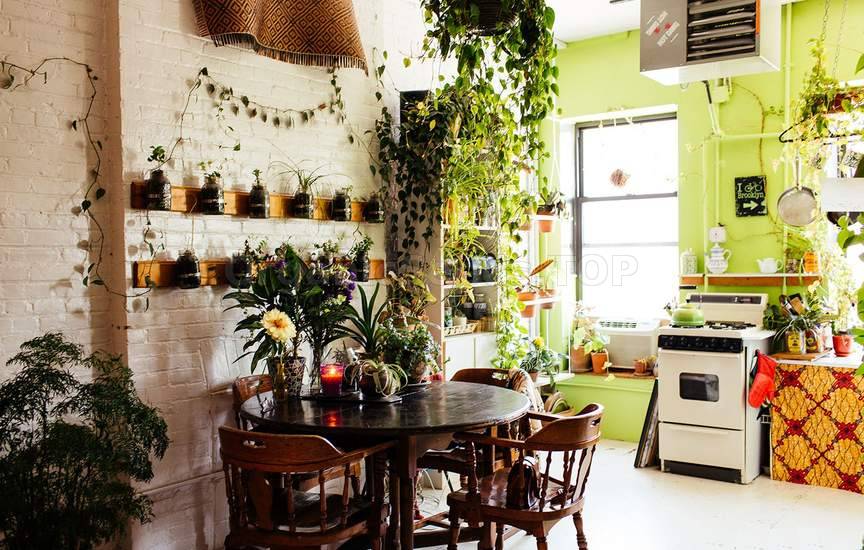 Optimize the effect of these natural air purifiers through these considerations:
By adding air-cleaning houseplants to your home, you can bring the garden indoors and make your home a cleaner, healthier place as well. Living plants can add indoor beauty and circumvent cares about clean air — and you don’t have to be an astronaut to benefit. You may need:Flower Seeds«Bright baron» - Organic Calendula Seeds«Purple King» - Echinacea purpurea SeedsConvallaria Majalis / Lily of the Valley Seeds |
|
|
